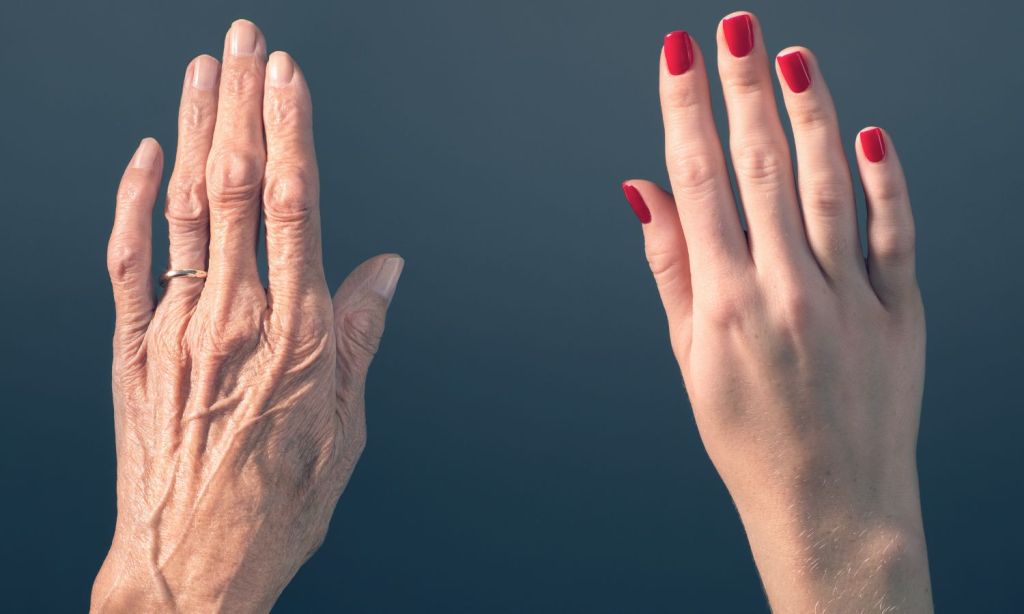The secret to eternal life — and, more importantly, eternal youth — has been the vain pursuit of humanity for time immemorial. Today, we spend collective billions each year on serums, supplements, and surgeries to fend off the ravages of time for just a little bit longer.
Now, scientists from UCLA have added another scrap of evidence to a controversial solution to the problem of getting older. Practised by billionaires and other assorted crackpots already, the act of consuming the blood of the young is not just reserved for fantasy monsters with pale skin and sharp teeth but a genuine attempt at defying death.
In a groundbreaking research paper titled ‘Reversal of Biological Age in Multiple Rat Organs by Young Porcine Plasma Fraction,’ published in GeroScience, a team led by University of Maryland Professor Harold Katcher detailed how they had injected the blood of young pigs into old rats. The results showed a dramatic reduction in their biological age, making them “significantly younger within days.”
Technically, the chemical they injected the rats with was a novel substance called E5. Developed by Katcher and his colleagues, E5 is derived from the plasma of young pigs and consists of “nanoparticles of complex structures, including exosomes.” It’s a purified and highly concentrated form of pig blood, but it’s pig blood nonetheless.
“Initially, I could hardly believe the profound epigenetic rejuvenation effects of E5,” Professor of Genetics and collaborator on the project, Dr Steve Hovarth, said in press materials.
“However, our findings are robustly supported by parallel rodent studies from different labs.”
Analysis indicated that the rats showed a 67.4% reversal in epigenetic age — the ‘biological’ age that our bodies appear to be, independent of our chronological age. The changes, if replicated in humans, would be like an 80-year-old suddenly appearing to be 24 again.
The results were confirmed by another indicator of epigenetic age, GlycanAge. In a test developed by the unaffiliated Professor Gordan Lauc, the age of the rats was determined to be 50% below what it ought to have been, given their age.
“Human studies clearly demonstrated that glycans are very responsive to different interventions, but changes are usually relatively slow and not too extensive. Dramatic reduction in glycan age of rats treated with E5 is fascinating,” Luc said.
The work was undertaken by Californian startup Yuvan Research. The group, founded by Katcher and Akshay Sanghavi in 2013, have been working towards “reversing aging” and “reversing disease.” In February, the group announced that they had broken the record for the oldest living lab rat by six months, at 47 months, thanks to infusions of this E5 formula.

“The real point of our experiments is not so much to extend lifespan, but to extend youthspan, to rejuvenate people, to make their golden years really potentially golden years, instead of years of pain and decrepitude,” Katcher said at the time of the announcement.
“But the fact is, if you manage to do that, you also manage to lengthen life, and that’s not a bad side effect.”
E5 has already been patented by the company. In the formula, plasma can apparently be taken from apparently any animal. The platelets are removed by centrifugal force as they can cause an immune reaction. The plasma can apparently be taken from any mammal, with the patent mentioning humans as well as livestock, cats, dogs, and even wild animals like deer or dolphins.
In 2020, Professor David Sinclair, a lead expert on aging at Harvard Medical School, said that if Yuvan’s work continued to be as promising as it has been, “rejuvenation of the body may become commonplace within our lifetimes.”
While a lot more testing and large-scale research needs to be done before the injection can be proven beneficial for humans, some are already going ahead and using blood plasma in an attempt to reverse aging. At the forefront of the de-aging movement is multimillionaire tech founder Bryan Johnson, who spends some USD $2 million to combat aging.
In July, the 45-year-old announced that he would no longer receive blood plasma transfusions as they appeared to offer “no benefit.” Johnson had had a litre of blood plasma injected once a month for six months, one of which was donated by his 17-year-old son.
“No benefits detected,” he wrote in July. However, he also noted that “Alternative methods of plasma exchange or young plasma fractions hold promise.”
He’s not the only interested party, of course. In 2016, venture capitalist billionaire and Trump supporter Peter Thiel said that he was “looking into” the practice of blood transfusions from young people.
However, in 2019, the US Food and Drug Administration issued a warning about companies offering young blood transfusions.
“We’re concerned that some patients are being preyed upon by unscrupulous actors touting treatments of plasma from young donors as cures and remedies,” they wrote.
“Such treatments have no proven clinical benefits for the uses for which these clinics are advertising them and are potentially harmful”.
Related: Whale Strandings Are Still a Mystery to Marine Science
Related: Science Says There’s Probably Someone Out There Who Looks the Same As You
Read more stories from The Latch and subscribe to our email newsletter.







